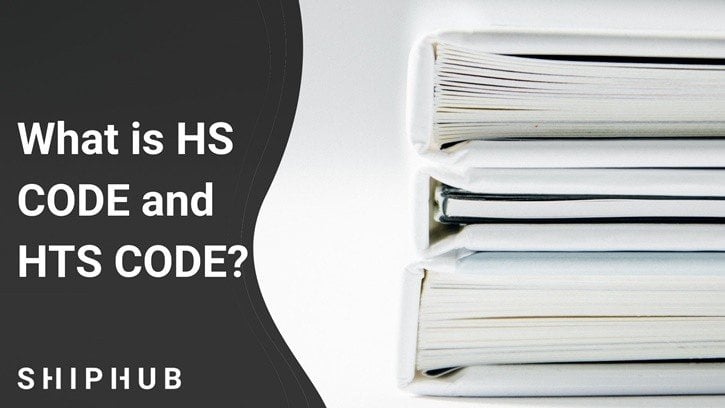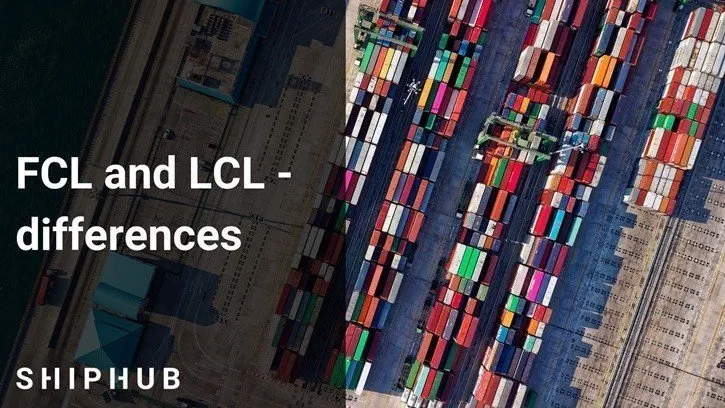THC – what is it?
Transshipment or the activity of loading and unloading cargo from a ship is one of the key activities in the shipping industry. Because containerization has become popular and has shaped the modern world, various ports (mainly state-controlled) around the world have taken on the task of hiring their staff or third parties to provide a …





